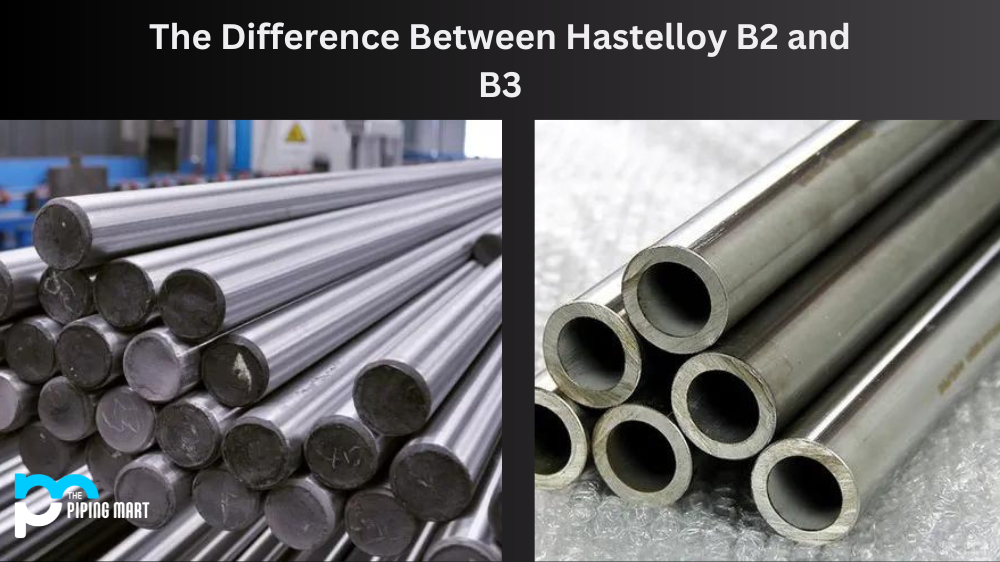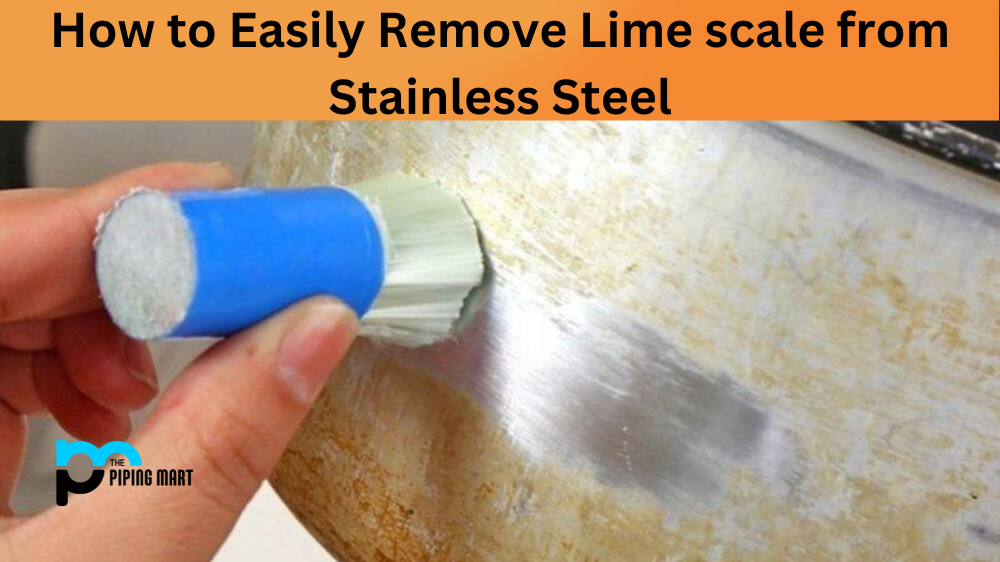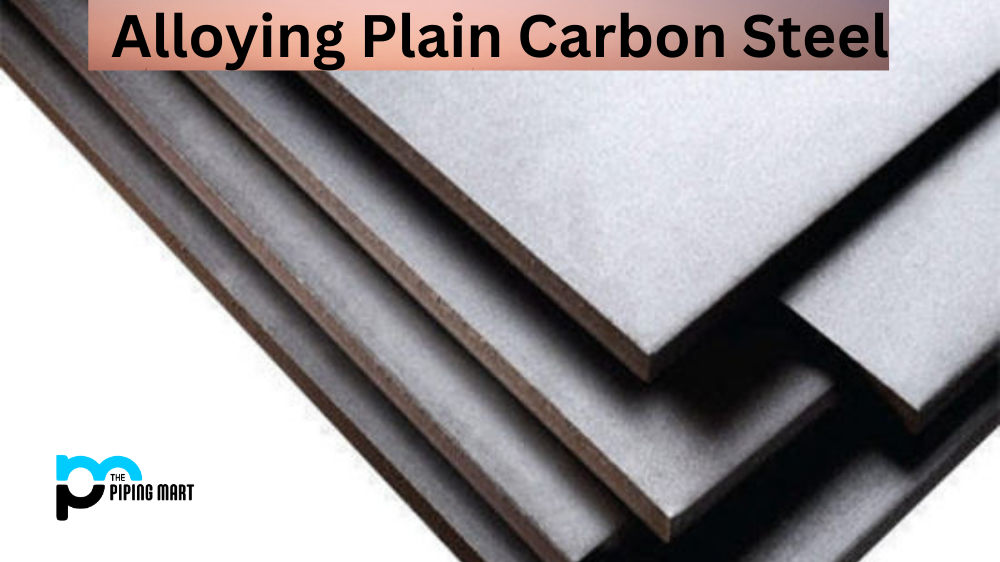Hastelloy is a nickel-based alloy that is renowned for its superior corrosion resistance. Two of its most popular alloys are Hastelloy B2 and B3, widely used in the chemical processing industry. While they have similar properties, a few notable differences make each better suited for specific applications. Let’s take a closer look at the differences between these two alloys.
Difference between Hastelloy B2 and Hastelloy B3
One significant difference between these two alloys is their composition. Hastelloy B2 contains more molybdenum than Hastelloy B3, making it better suited for applications requiring higher thermal shock and oxidation resistance levels. On the other hand, Hastelloy B3 contains more nickel than its counterpart, making it better suitable for applications requiring higher stress corrosion cracking resistance levels.
Another key difference between these two alloys is their melting point. While both alloys have relatively high melting points (B2 has a melting point of 2467°F and B3 has a melting point of 2510°F), the higher melting point of Hastelloy B3 makes it better suited for welding operations that require high levels of heat input or long hold times at elevated temperatures (e.g., annealing). Additionally, because the melting point is so close to the operating temperature range for both alloys, they can be welded without preheating or post-welding heat treatments—making them ideal for use in many industrial applications.
In terms of fabrication characteristics, both alloys exhibit good formability and machinability—through hardness values may vary depending on heat treatment methods used during fabrication. For example, some Hastelloy B2 has been known to achieve Rockwell Hardness values up to 44 HRC when hardened at temperatures above 1050°F (566°C). In comparison, some grades of Hastelloy B3 have been known to reach Rockwell Hardness values up to 41 HRC in their annealed condition—making them easier to machine while still providing excellent strength and wear resistance properties.
Chemical Composition
Hastelloy B2 and B3 both have the same chemical composition: iron, chromium, molybdenum, and nickel. The only difference in their composition is that B2 contains slightly more chromium than B3.
Physical Properties
Hastelloy B2 and B3 also have the same physical properties, such as a melting point of 1370 degrees Celsius and a density of 8.9 grams per cubic centimeter.
Corrosion Resistance
Hastelloy B2 and B3 are highly resistant to corrosion, but B2 is slightly more resistant than B3. This is because B2 contains more chromium, which gives it better oxidation resistance.
Fabrication
Hastelloy B2 and B3 can be fabricated using standard methods, such as welding and machining. However, due to its higher chromium content, B2 is more difficult to weld than B3.
Applications
Hastelloy B2 and B3 are used in various applications requiring corrosion resistance. These applications include chemical processing, oil and gas production, and power generation.
Price
Hastelloy B2 is typically more expensive than B3 due to its higher chromium content.
Conclusion:
Regarding choosing between these two alloys, several factors should be considered: composition, melting point, formability/machinability, thermal shock resistance, and oxidation resistance (for Hastelloy B2) versus stress corrosion cracking resistance (for Hastelloy B3). Ultimately, it will depend on the specific application requirements, as each alloy has its unique set of advantages and disadvantages that must be weighed carefully against one another before making any final decisions about which alloy to use in your project or application. With this information in mind, you’ll be able to make an informed decision about which alloy best meets your needs!

Meet Bhavesh, a seasoned blogger with a wealth of knowledge and experience. From metal products manufacturing to retail, Bhavesh has a diverse background in various industries and is dedicated to sharing his insights and expertise with readers.




